
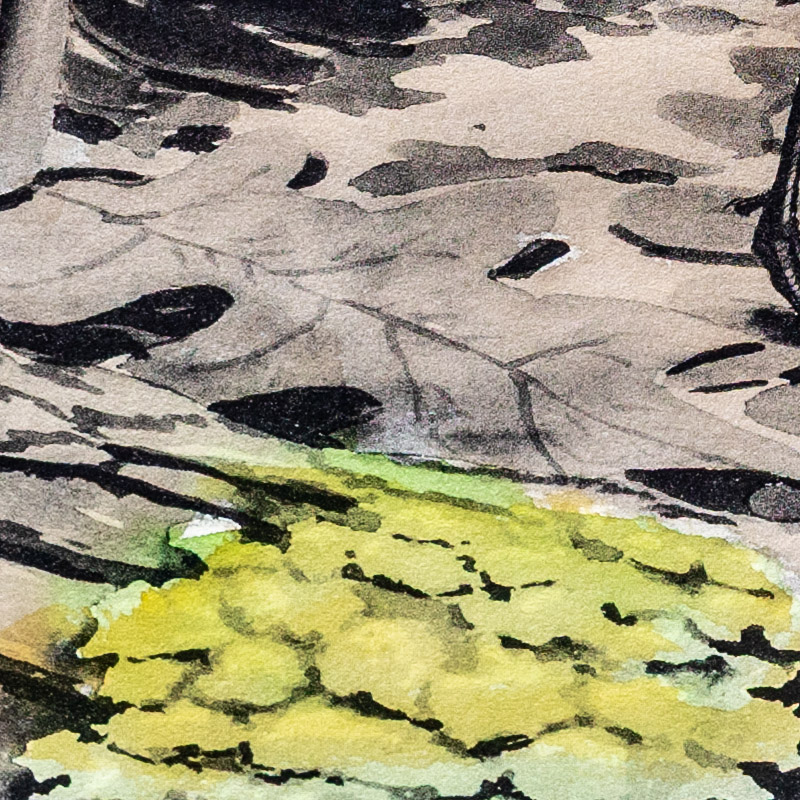
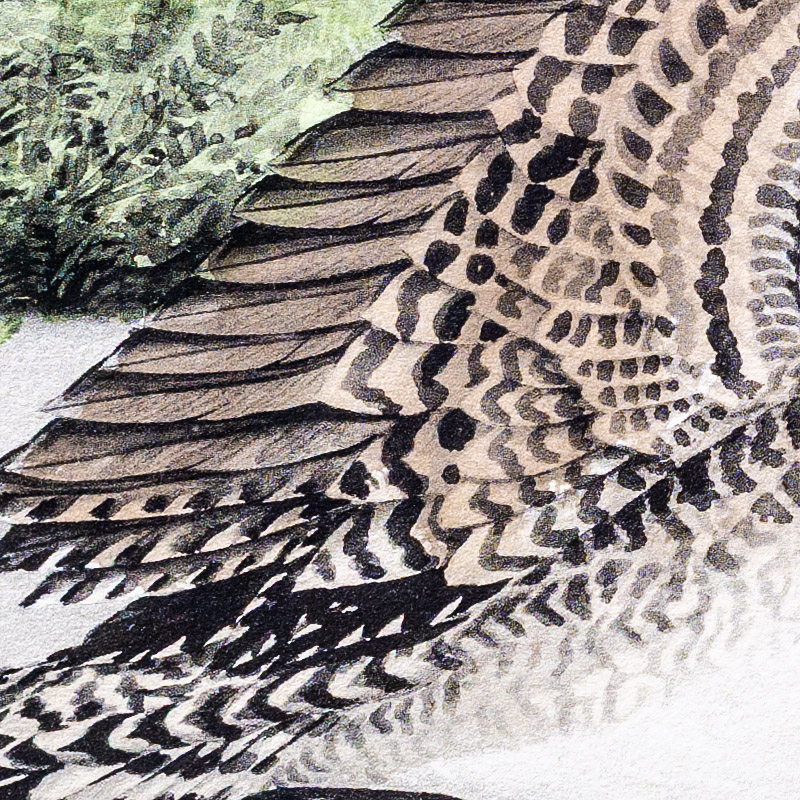
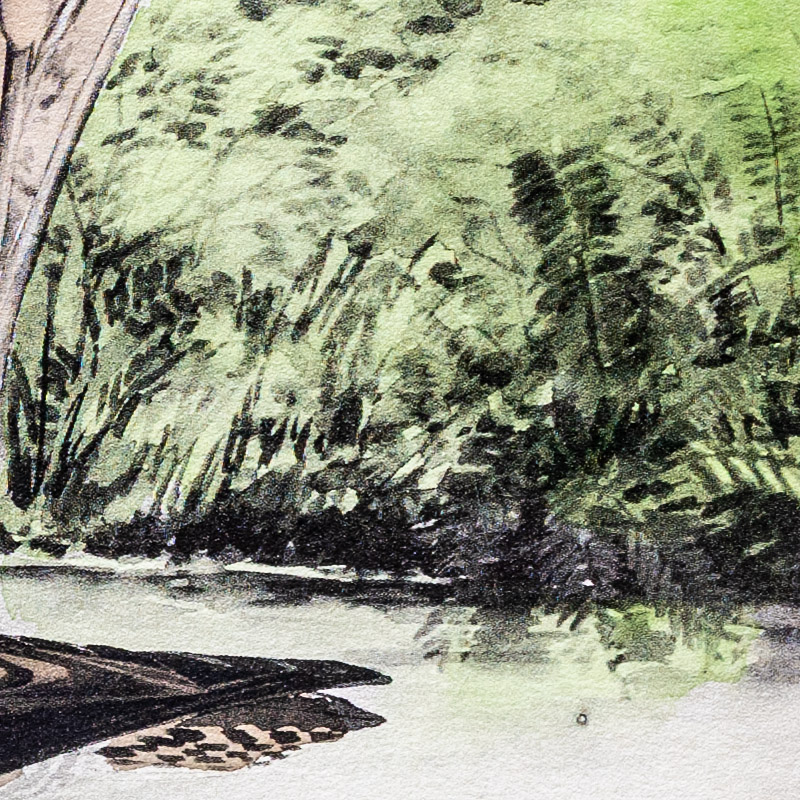
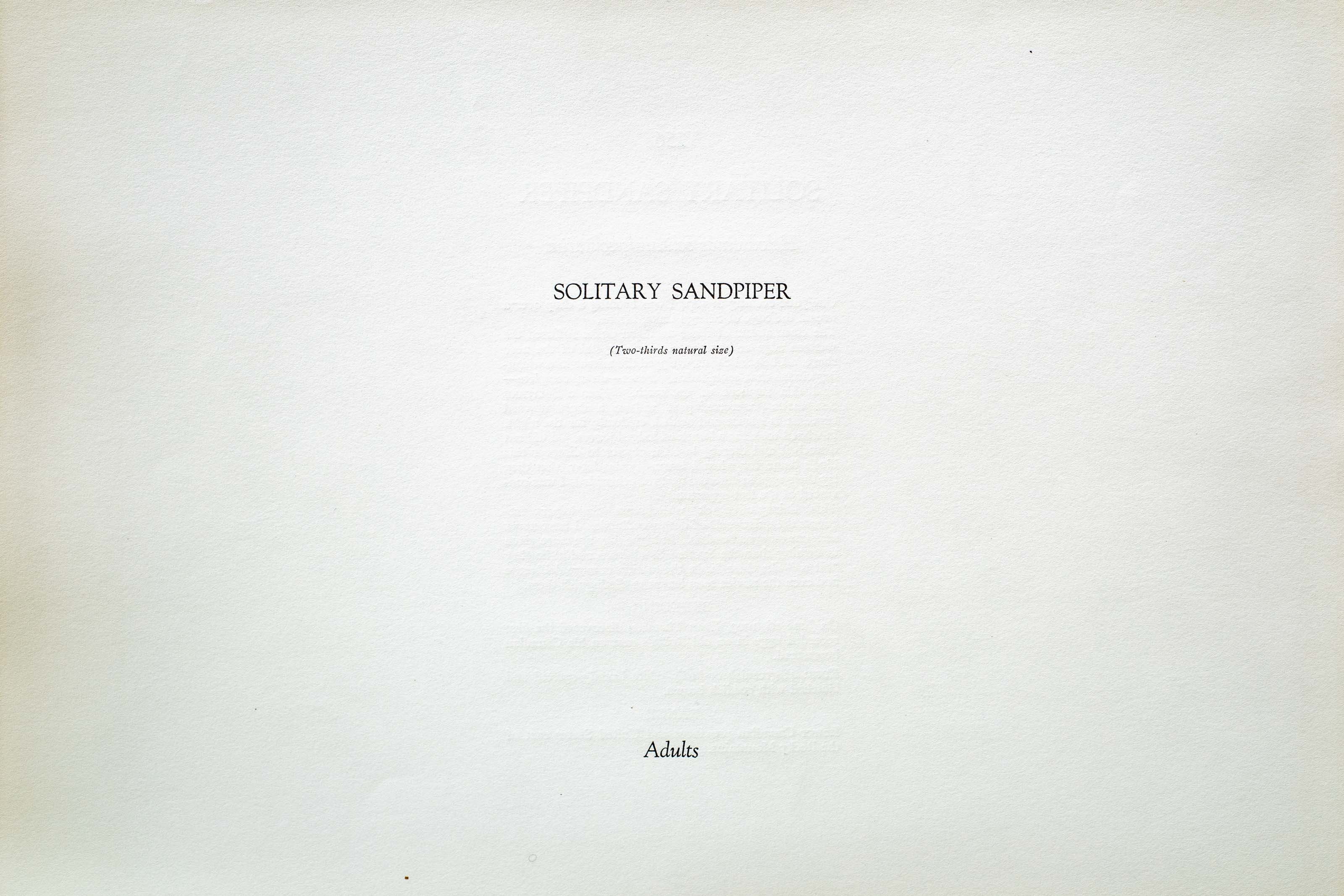
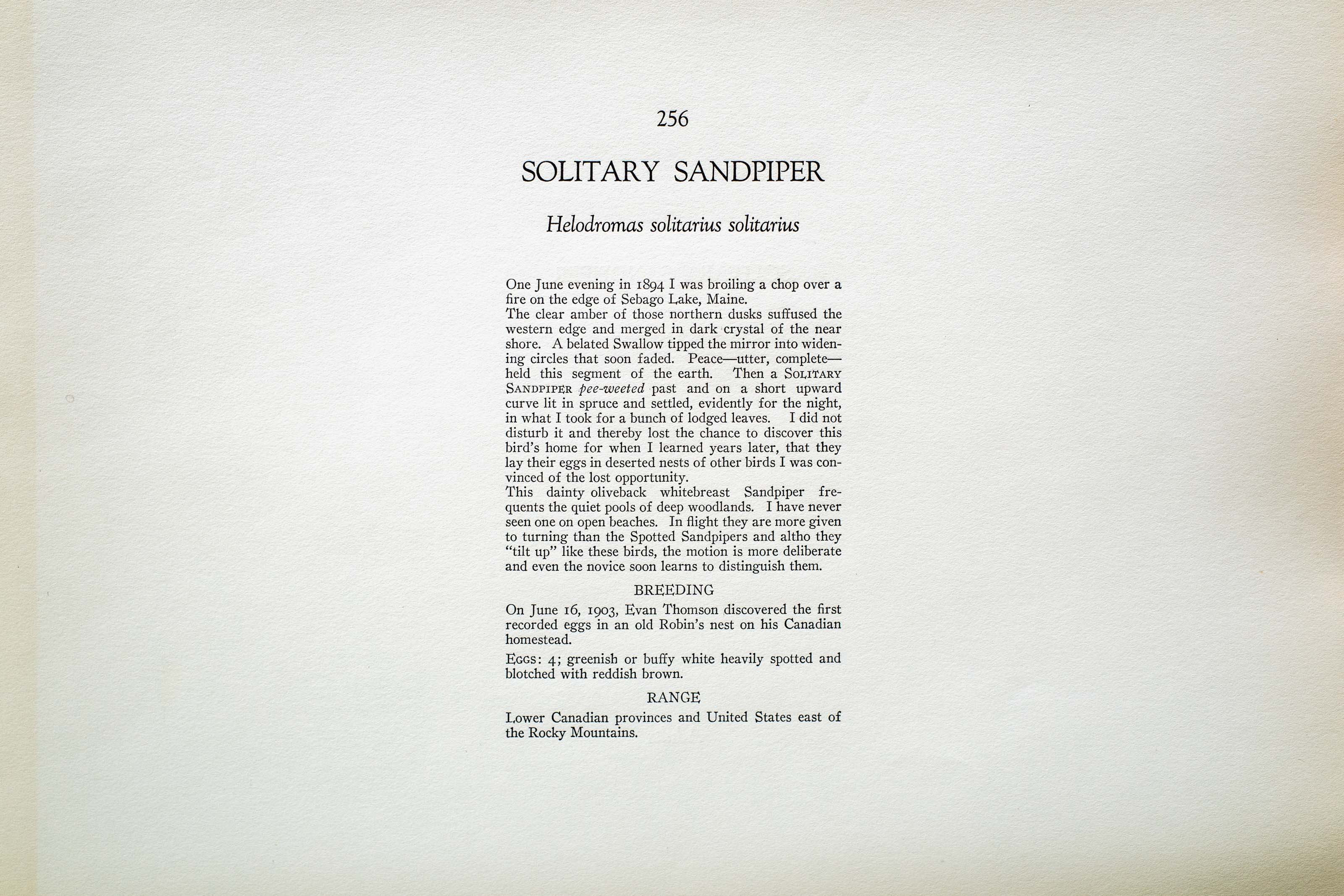

Unknown
1930
4
256
A team of dedicated board members, volunteers, and student interns has published every page in Volume 9. This volume includes 360 images of paintings and lyrical descriptions of birds, now available online for everyone to enjoy anywhere in the world. This is a monumental task. Each volume requires approximately 400 hours to photograph, edit, transcribe, catalog, and publish online. We need your support to complete this work.
If you're tech-savvy, have a good eye, are meticulous with details, and love structured data, please consider volunteering by emailing us at hello@rexbrasher.org.
We encourage all bird lovers and supporters to consider a monetary donation to support our mission to make Rex's work available for everyone. You can provide a one-time or recurring donation online.
One June evening in 1894 I was broiling a chop over a fire on the edge of Sebago Lake, Maine.
The clear amber of those northern dusks suffused the western edge and merged in dark crystal of the near shore. A belated Swallow tipped the mirror into widening circles that soon faded. Peace — utter, complete — held this segment of the earth. Then a SOLITARY SANDPIPER pee-weeted past and on a short upward curve lit in spruce and settled, evidently for the night, in what I took for a bunch of lodged leaves. I did not disturb it and thereby lost the chance to discover this bird's home for when I learned years later, that they lay their eggs in deserted nests of other birds I was convinced of the lost opportunity.
This dainty oliveback whitebreast Sandpiper frequents the quiet pools of deep woodlands. I have never seen one on open beaches. In flight they are more given to turning than the Spotted Sandpipers and altho they "tilt up" like these birds, the motion is more deliberate and even the novice soon learns to distinguish them.
On June 16, 1903, Evan Thomson discovered the first recorded eggs in an old Robin's nest on his Canadian homestead.
EGGS: 4; greenish or buffy white heavily spotted and blotched with reddish brown.
Lower Canadian provinces and United States east of the Rocky Mountains.